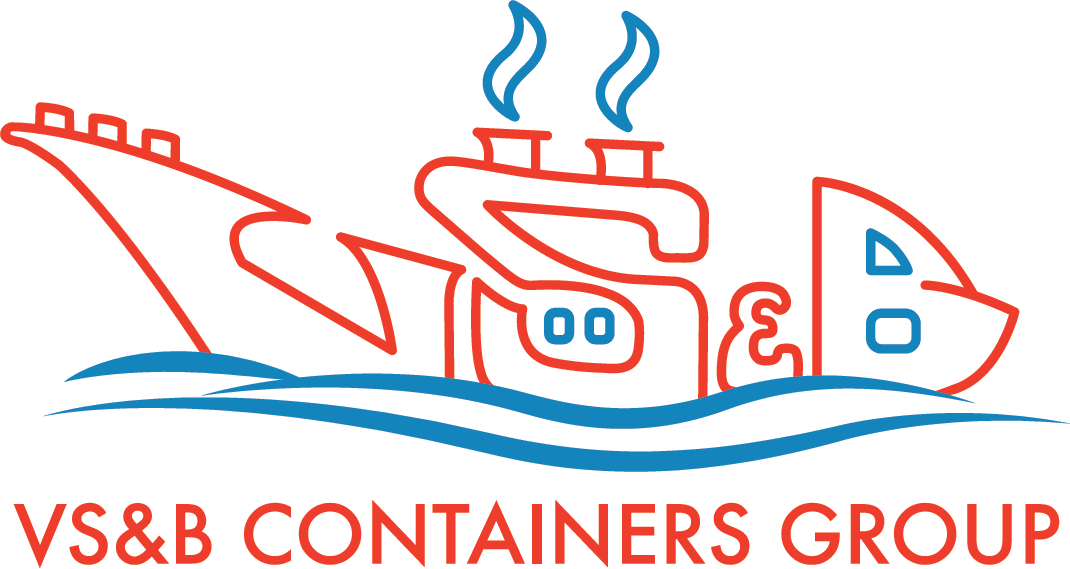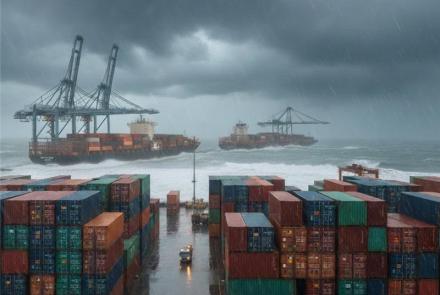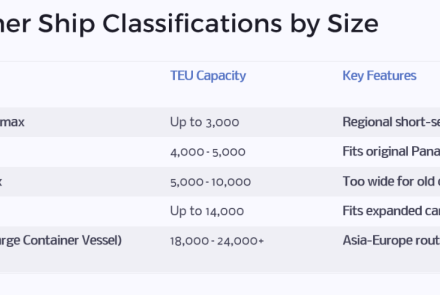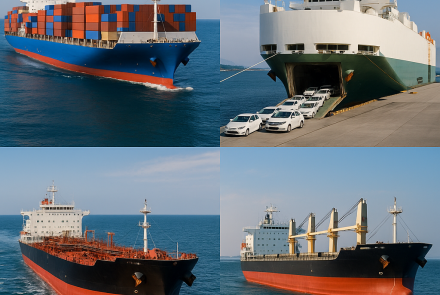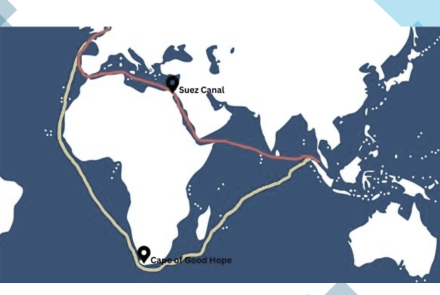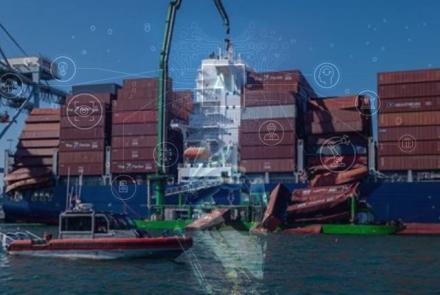Why Container Shipping Routes Are Shifting from the Suez Canal to the Cape of Good Hope
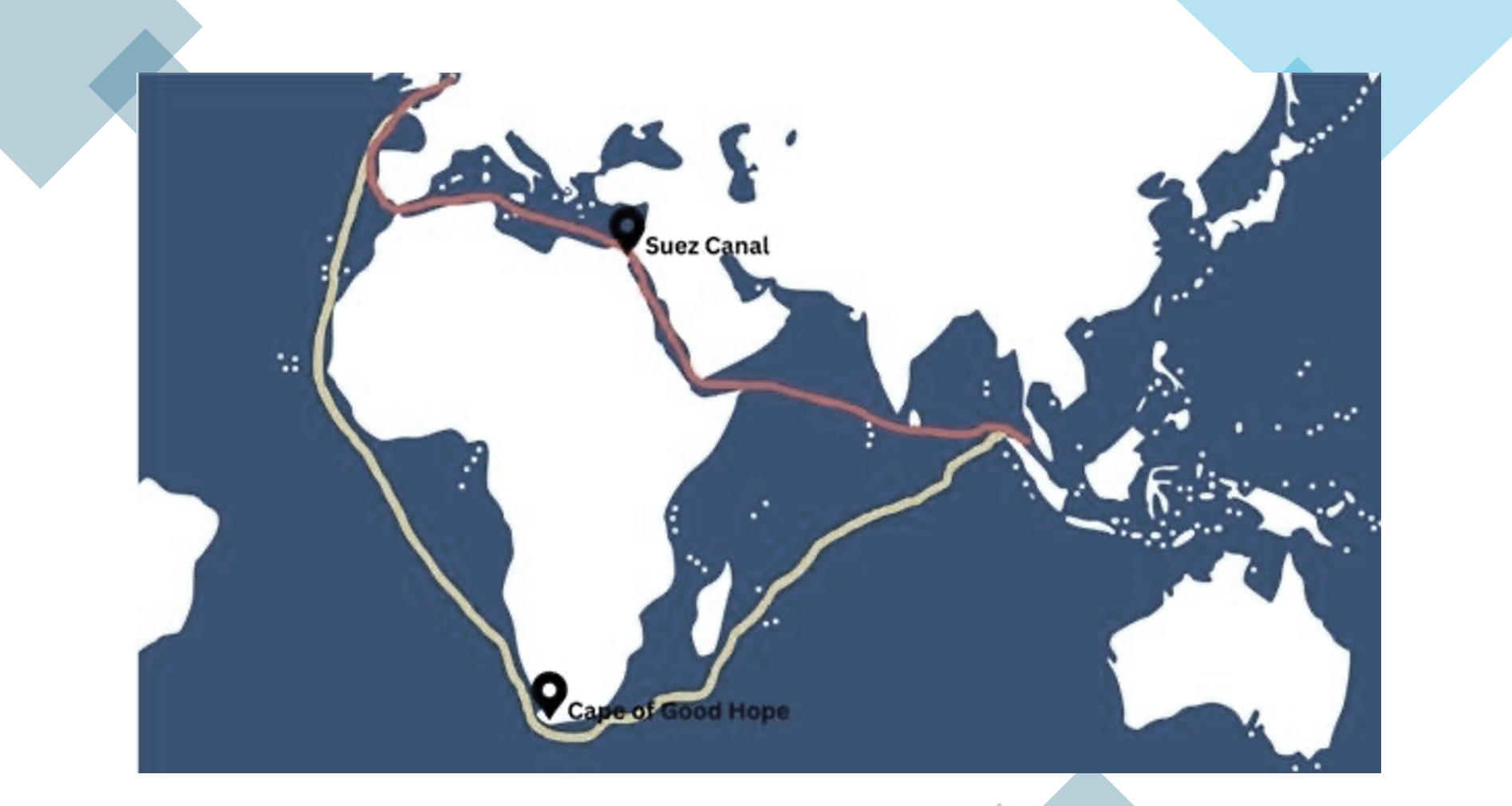
The Suez Canal has long been one of the most critical arteries for global trade, carrying close to 12% of international goods annually. Yet in recent months, many container shipping lines have chosen to reroute their vessels around the Cape of Good Hope. While this path is longer and more expensive, the shift reflects a strategic choice that prioritizes safety, reliability, and business continuity.
Why Did Shipping Lines Make the Shift?
- Crew and Cargo Safety: Security incidents in the Red Sea created unacceptable risks. By diverting vessels, carriers protect seafarers and cargo.
- Insurance and Financial Considerations: Rising war-risk premiums for Suez transits make the Cape route more economically viable in certain cases.
- Predictability of Operations: Delays or disruptions in the Red Sea introduce uncertainty. The Cape, though longer, offers a safer and more predictable voyage.
Why the Cape of Good Hope Route Is a Smart Move
- Safety First: The top priority for the shipping industry is human life and cargo integrity. The Cape route significantly reduces exposure to high-risk waters.
- Reliability in Supply Chains: Shippers benefit from more dependable schedules, even if transit times are longer, because the risk of sudden disruption is minimized.
- Risk Management for Global Trade: By diversifying routes, carriers show resilience in adapting to geopolitical risks, ensuring global trade continues smoothly.
- Maintaining Customer Confidence: Transparent, proactive safety measures strengthen trust between carriers, shippers, and logistics partners.
Short-Term Costs, Long-Term Benefits
While the diversion adds approximately 7–12 days and increases fuel use, these costs are outweighed by the benefits of avoiding disruption, cargo losses, and crew endangerment. For global trade, a slightly longer route is far better than unpredictable delays or stranded cargo.
Looking Ahead
The rerouting of container ships around the Cape of Good Hope highlights the shipping industry’s ability to adapt quickly in the face of challenges. Although the Suez Canal remains essential for long-term efficiency, the Cape route demonstrates how carriers can protect supply chains when risks escalate.
At VS&B Containers, we recognize that resilience in global shipping depends on making smart, safety-first choices. Whether it’s diversions around the Cape of Good Hope or adopting smarter container solutions, every step taken to protect cargo and supply chains builds long-term trust and stability for global trade.
VS&B Containers group offers both standard and custom-made containers, delivered directly from the factory to your desired location. With a fleet of over 30,000 containers made available across Europe and Asia, the company helps customers get containers effortlessly from anywhere in the world. If you have unique needs in terms of affordability, adaptability, and potential return on investment, please drop an email to traders@vsnb.com, and the VS&B team will contact you to discuss further.
- Log in to post comments
